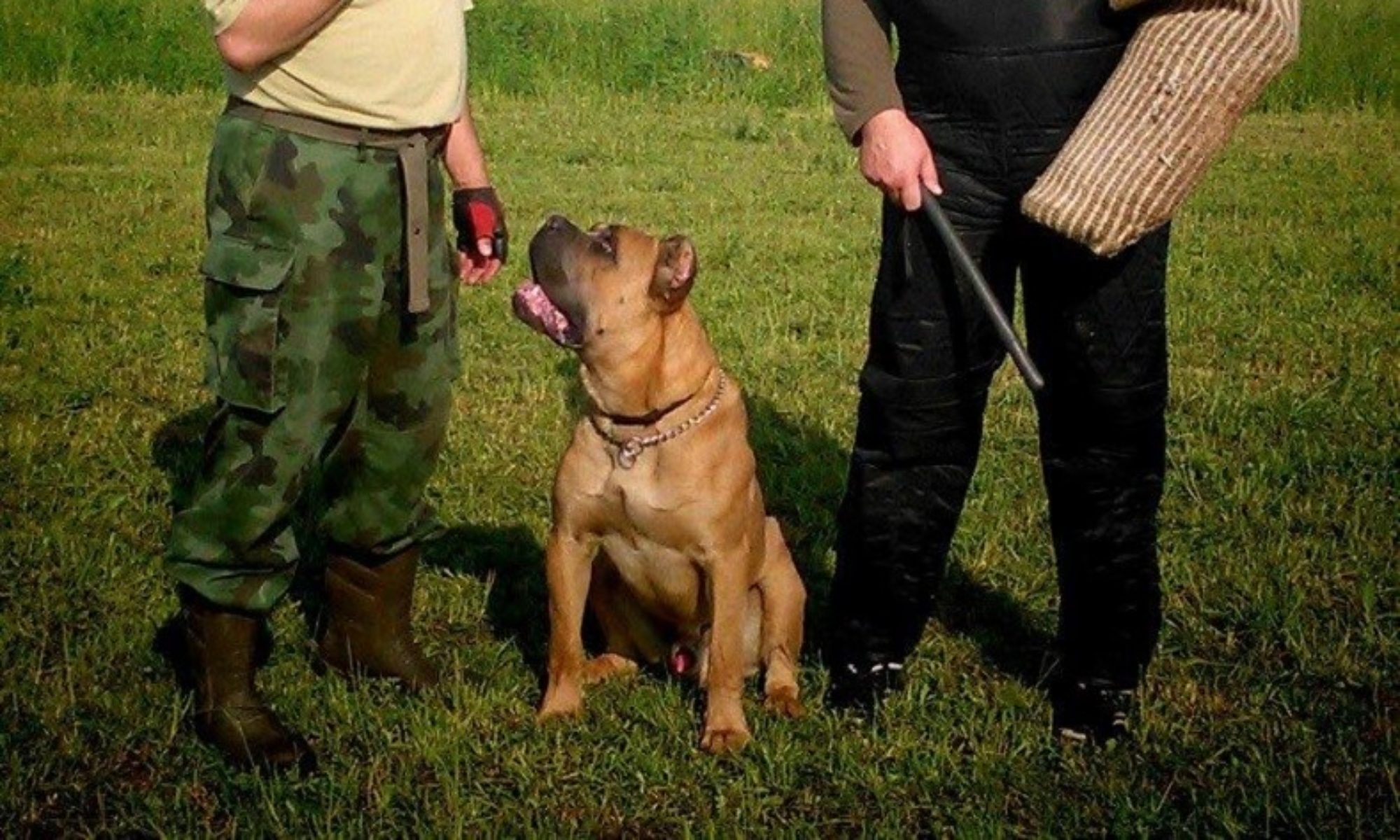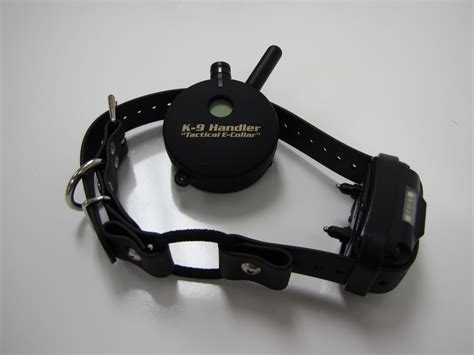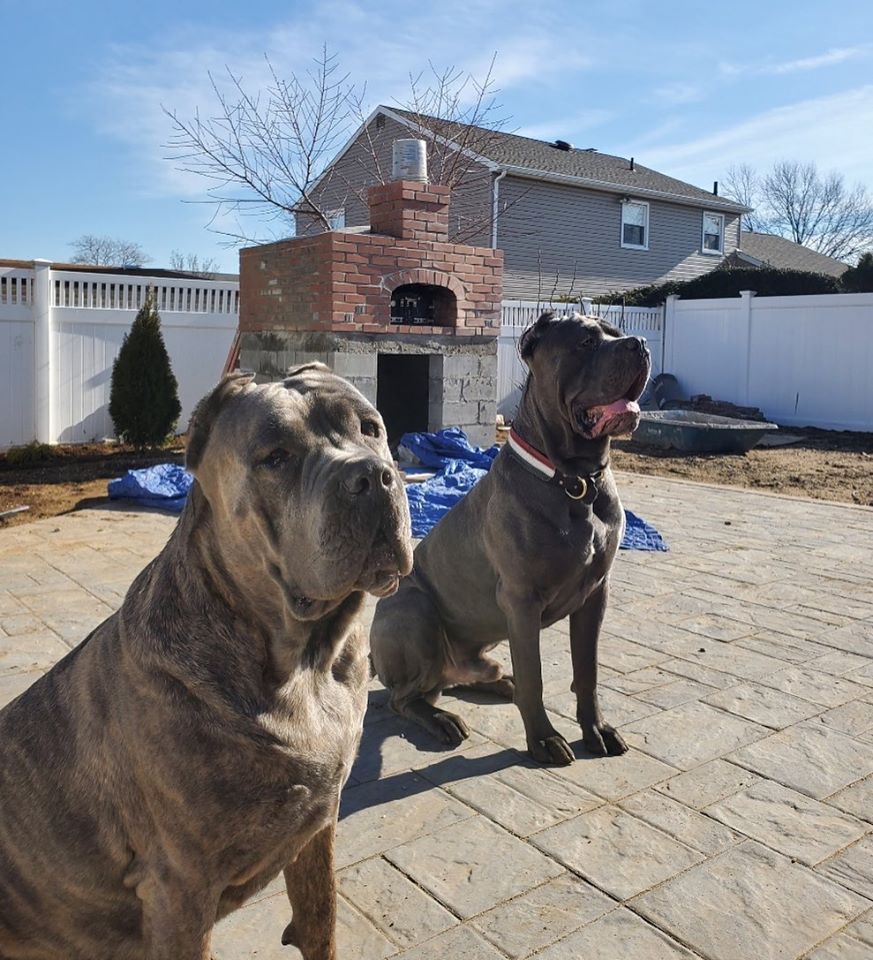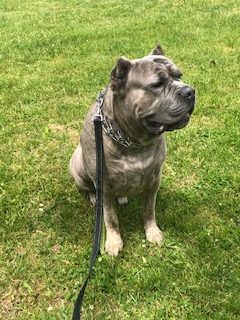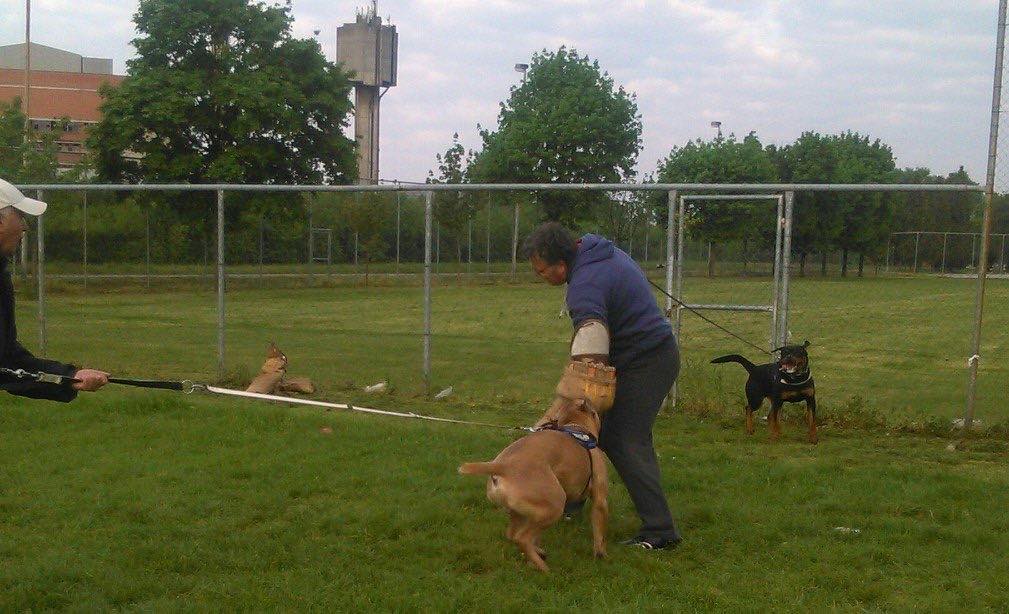Cane Corsos will usually adopt well to being a guard dog naturally. It’s important to train them to be obedient. Here is how:
Many dogs are natural watch dogs; their bark is sufficient to alert their owner to something unusual, and the alarm they set up is a deterrent. In addition, dogs who will fight if their owner is genuinely attacked do not have to be made aggressive to do so. Dog Training specifically to be a guard dog is hazardous and potentially creates a liability for you. Misguided attempts to make a dog aggressive through abuse will only backfire because the dog will not be loyal to someone who treats them harshly, and if the dog wrongly bites someone you will be at fault. Never train dogs who are basically fearful or out of control. Such dogs may not respond appropriately in non-threatening situations.
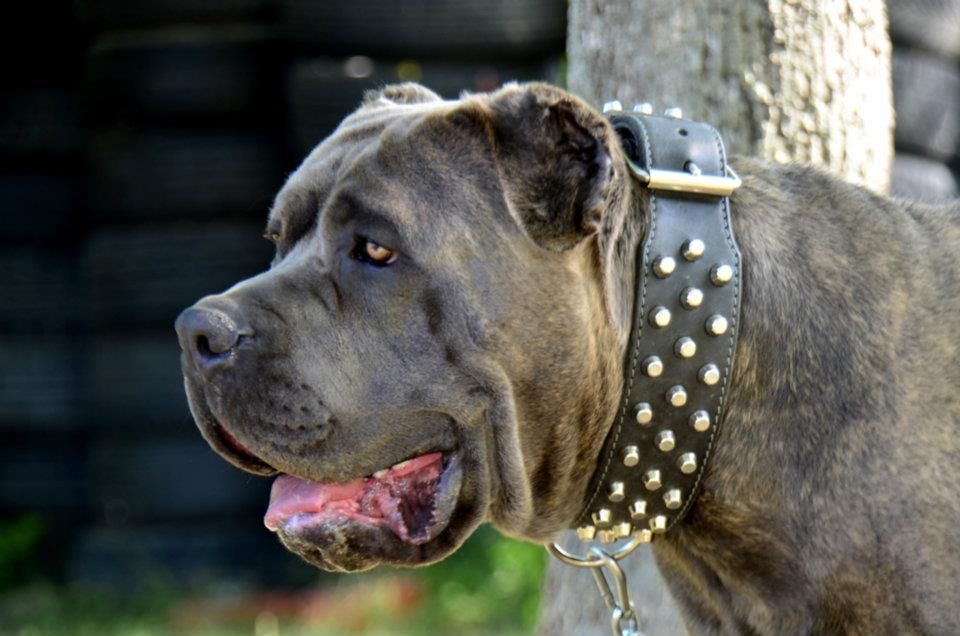
A Cane Corso should not be selected to receive training as a guard dog unless the dog is basically friendly, stable and clear-headed, and has been socialized well.
1
Socialize your Cane Corso dog puppy from the start. Dogs should acquire a clear understanding of what is normal and what is not, so that they are not fearful and they know when there is a genuine threat. To socialize puppies, take them places with you, and allow them to meet and interact with as many other people and animals as possible, always taking care to keep your puppy safe from negative experiences. Dogs in strange or new environments may sometimes be a little fearful, if they haven’t been well socialized, and this can create a dog who bites from fear or who runs when confronted with anything unusual.
2
Enroll your Cane Corso dog puppy in as soon as possible. It is essential that your German shepherd dog is obedient at all times, but if you want to undertake guard dog training, the need for control becomes imperative. Even though the purpose behind the training is serious, dogs should enjoy obedience work and look on it as fun. Positive reinforcement, the practice of rewarding dogs when they perform correctly rather than punishing them for mistakes, serves multiple purposes by teaching dogs obedience, bonding them with their owners and letting them have fun. It also fulfills their need to work.
3
Teach your German shepherd dog to stop barking on command. Begin by teaching your dog to “Speak” on command, and give a treat and much praise for barking. Next, use a command such as “Quiet” or “Enough.” Give immediate praise and a small treat when the dog is quiet. This training eventually gives you control over the dog’s bark. Have your dog sit while barking. Cane Corso dogs are intelligent and will normally learn quickly.
4
When your dog barks at strangers encourage them when they come to your house. You can develop this trait by making a show of going to see why the dog is barking, offering praise, then giving the “Quiet” or “Enough” command. React positively when your Cane Corso dog alerts you to unfamiliar people or objects at home, but do not allow this behavior to develop away from home. Your dog should be unconcerned about neutral or friendly strangers you meet when you are out walking.
5
Build your dog’s alertness at home by having people the dog doesn’t know act as though they are trying to get into your home or yard. When your Cane Corso dog barks, the intruder should look at the dog and then flee while you hold and praise your dog. Do not allow your pet to chase the fleeing stranger. Praise your dog highly for letting you know someone was in your territory, and stop the barking as soon as the person flees. This strengthens the dog’s confidence.
6
Walk your Cane Corso dog on a leash around the perimeter of your property regularly to identify your territorial boundaries. Do not allow your dog to bark at people who are outside your property. Do not allow your dog to chase people under any circumstances.
